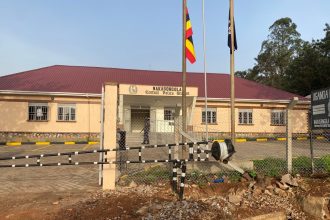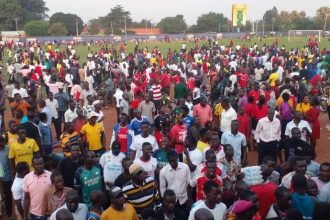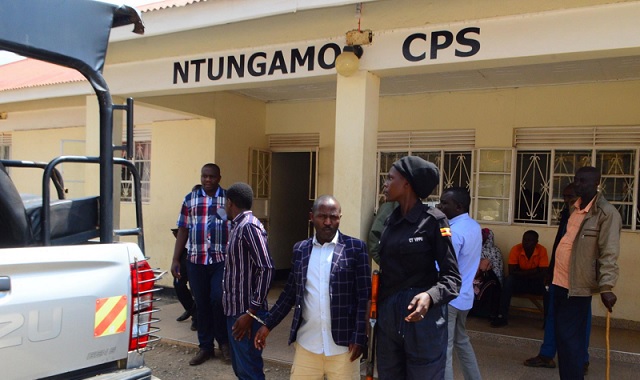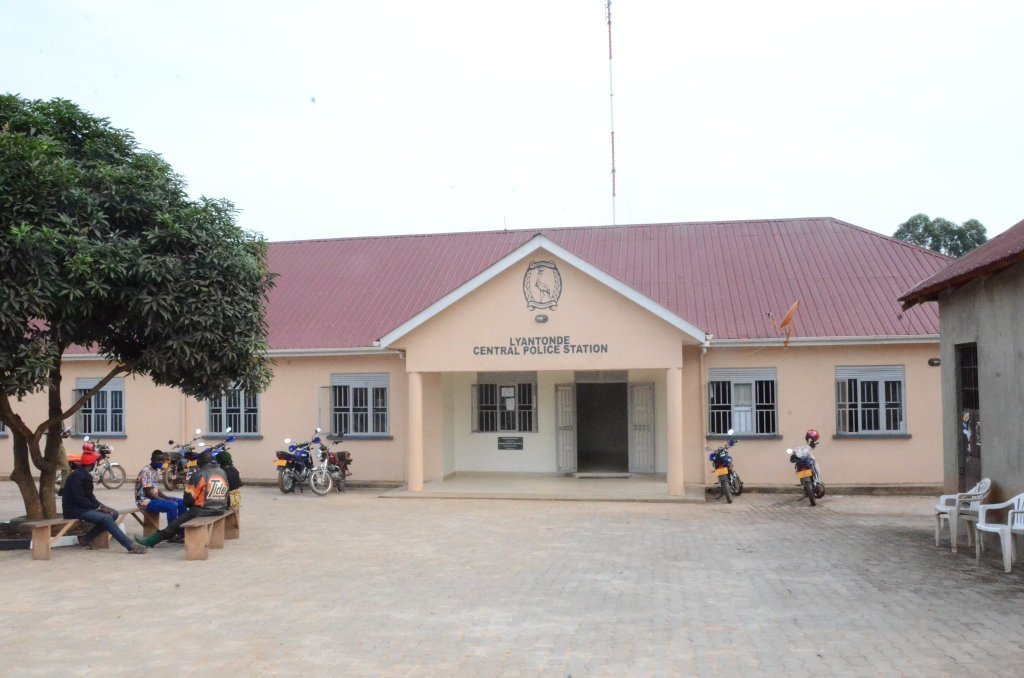Amidst the growing threat of Anthrax in Kyotera, tensions escalate as leaders and farmers clash over the responsibility for the safe burial of animals succumbing to the deadly disease. The district, grappling with the aftermath of the Anthrax outbreak declared in November last year, faces a divisive issue as some farmers appeal for government support in disposing of the carcasses.
While a section of farmers argues for external assistance due to the high costs involved in proper disposal, the LC5 chairperson, Mr Kintu Kisekulo, asserts that it is the farmers’ responsibility. He emphasizes that the district lacks a special budget for conducting the burial and burning of the infected animals.
Mr Apollo Mugume, the Resident District Commissioner and head of the district Anthrax management taskforce, reassures the public, stating that trained teams are ready to assist farmers in managing the dead animals. He highlights the availability of emergency response telephone numbers and ongoing vaccination programs, noting that the situation is under control.
However, concerns arise from farmers in Kabira Sub-county, where some claim that animals are being buried in shallow pits, allowing stray dogs to dig up the carcasses, potentially spreading the disease. Mr Enos Mugisha, a farmer, highlights the financial burden of proper burial, including digging a 6-feet pit and providing necessary protective gear for the burial team.
The Kabira LC3 chairperson, Mr Richard Kalanzi, voices concerns about farmers not adhering to safety guidelines, while Dr Joseph Kasumba, a veterinary officer from the Uganda Red Cross Society, emphasizes the importance of a 6-feet deep pit and adherence to safety protocols during burials.
Ms Irene Nakasiita, the Uganda Red Cross communications officer, calls for continuous sensitization on the proper management of dead animals. She acknowledges shortcomings observed during inspections and pledges to explore resources to support the community in effectively disposing of carcasses.




















